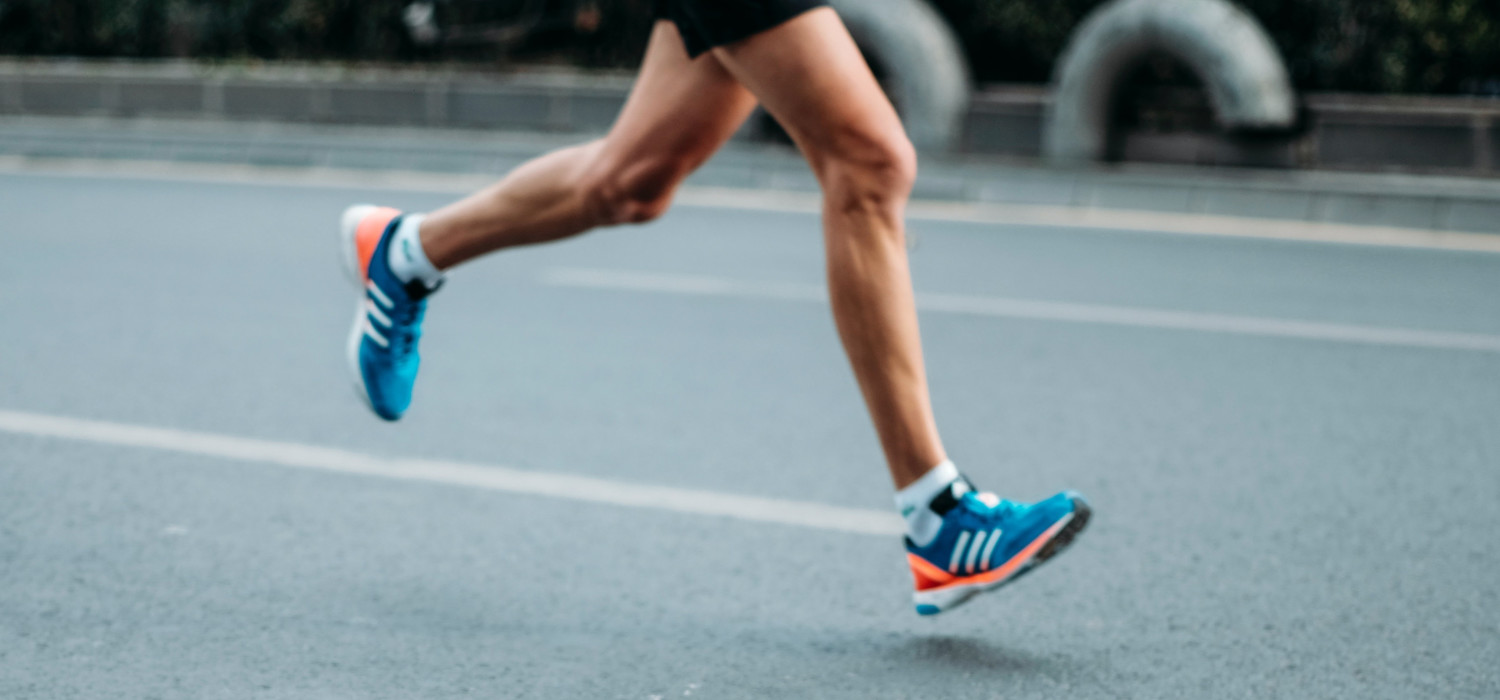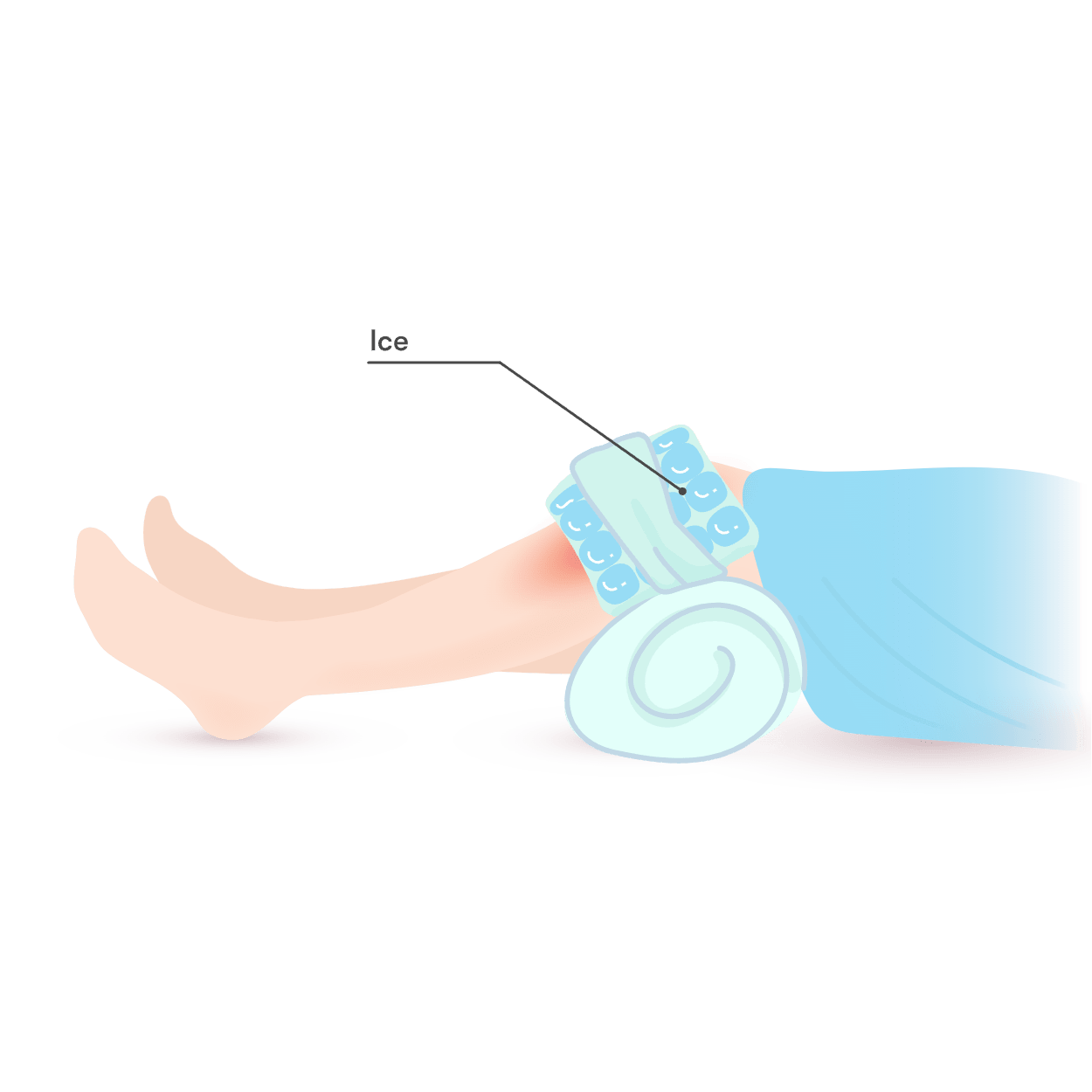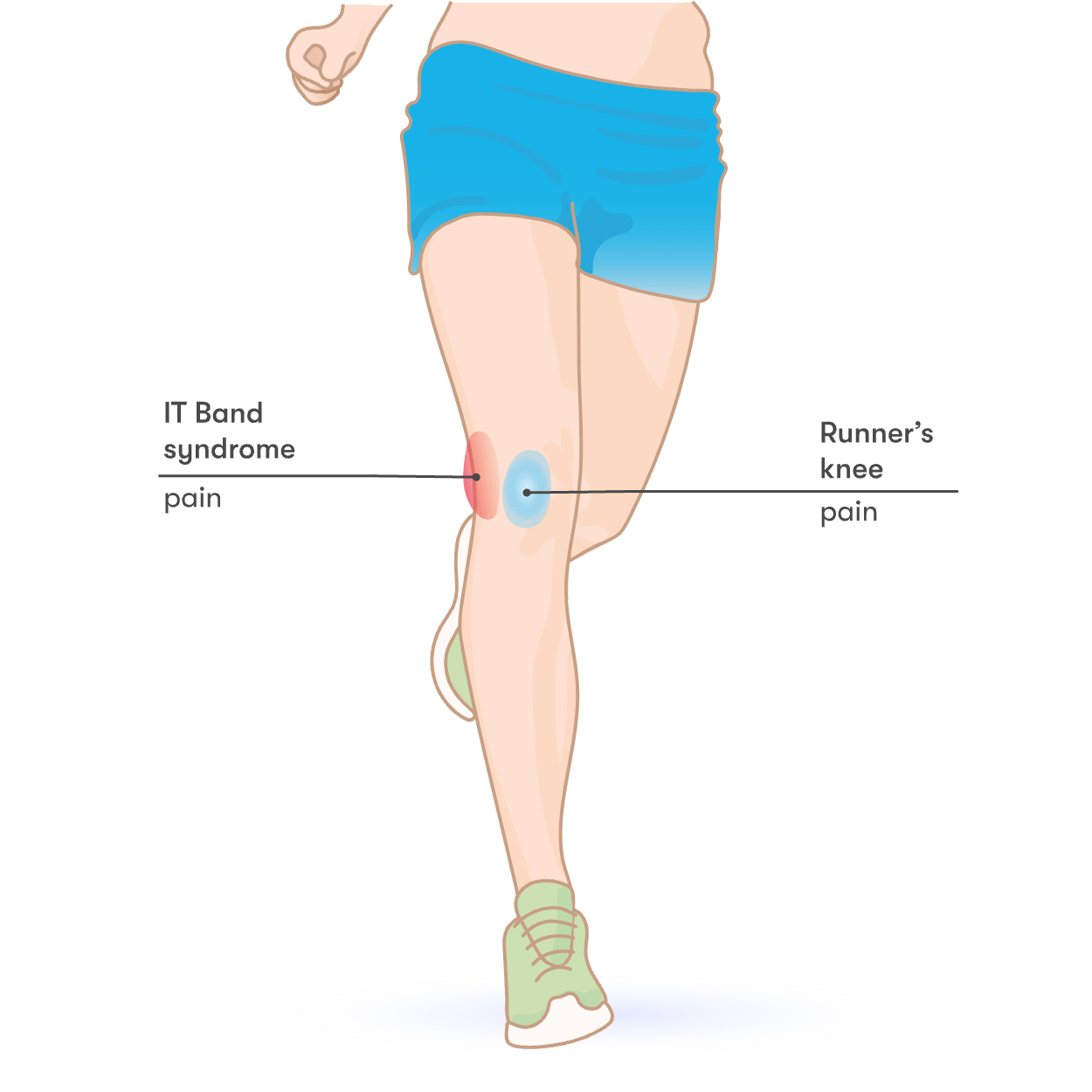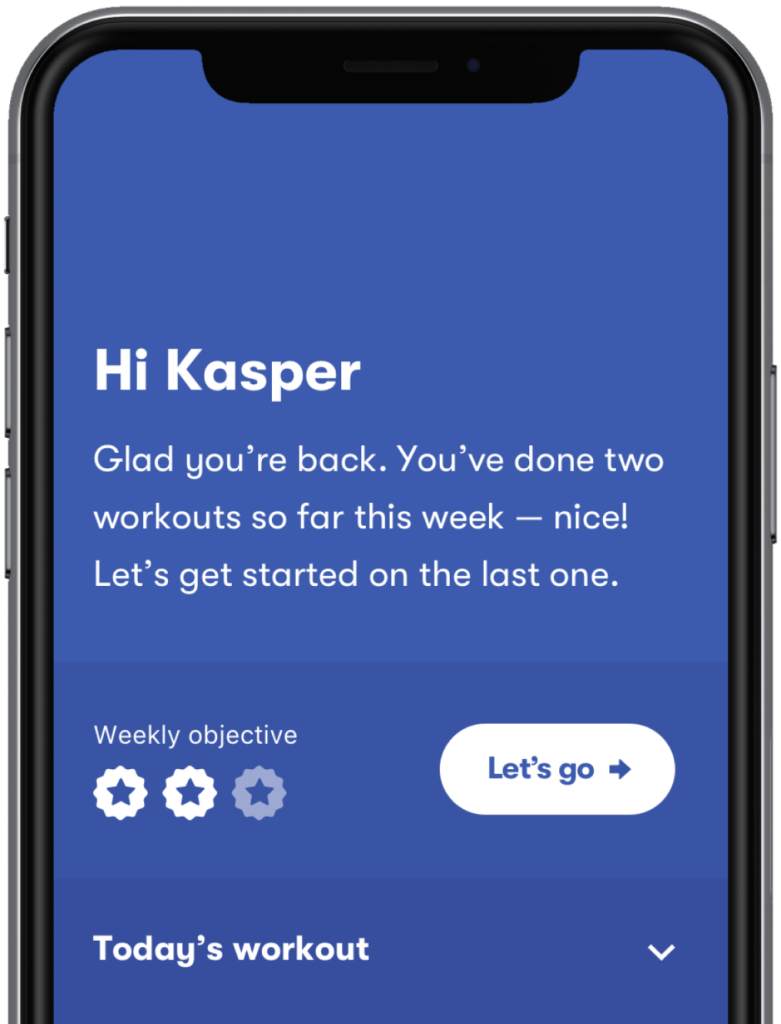Most people know that running has physical benefits. It gives you killer legs, improved heart health, and increased stamina. It’s a natural high. It’s a form of meditation. You can do it (almost) anywhere because it doesn’t need any special equipment.
If you love running, anything that keeps you from doing it can be frustrating. Runner’s knee is one such condition. It is the common term used to describe any one of several conditions that cause pain around the kneecap, also known as the patella. These conditions include patellofemoral pain syndrome and iliotibial band syndrome. Runner’s knee is quite common and accounts for 25 percent of all injuries in runners.1
At Injurymap, we realize that the pain from runner’s knee can force you to stop running temporarily. Thankfully, there are exercises you can do to get relief from the symptoms. With this informative guide, we want to help you understand runner’s knee and learn how to prevent it. Please remember this information is meant for guidance only. Always seek medical care if your knee pain is severe or does not improve with home exercises.
Looking for a solution to runner’s knee? Try the Injurymap exercise app now.
Content:
What is runner’s knee?
Causes of runner’s knee
Symptoms of runner’s knee
Recovery time
Diagnosis of runner’s knee
Treatment
Other treatments for runner’s knee
Complications
Prevention of runner’s knee
When to see a doctor
Strength training can relieve pain from runner’s knee
What is runner’s knee?
Before we understand runner’s knee, let’s take a quick look at the structure of the knee joint. The knee is a large, complex, weight-bearing joint. It is formed by the lower end of the thigh bone and the upper end of the shin bone along with the kneecap. Several strong ligaments and muscles hold the bones together and allow smooth movement.
Other treatments for runner’s knee
Surgery is very rarely required to treat runner’s knee. Conservative treatment is usually successful in controlling the pain. The most effective treatment for runner’s knee is rest and building strength with exercises. Exercising will allow you to return to running without pain. Besides exercise, other treatments for runner’s knee include:
RICE therapy: RICE stands for rest, ice, compression, and elevation. An ice pack, elevating the leg, and compressing the knee with a wrap can help with symptoms.
Medications: Over-the-counter pain pills such as acetaminophen / paracetamol and ibuprofen can control runner’s knee pain in the short-term.
Shoe inserts: Arch supports in your shoes may relieve some of the pain from runner’s knee.3
Complications
The good news is that most people can recover from runner’s knee. You can return to pain-free running soon with the proper rehab exercises and conservative treatment. The faster you start treatment and strength-building exercises, the quicker you’ll recover.
Without treatment, runner’s knee due to iliotibial band syndrome can lead to biomechanical abnormalities of the leg as you attempt to compensate for the pain. Rarely, runner’s knee can lead to complications such as permanent damage to the knee cartilage.6
Prevention of runner’s knee
f you love running, you can prevent runner’s knee by building muscle strength. Always remember to stretch before you start your run. It’s also a good idea to lose any extra weight to reduce stress on your knees. Increase your running distance and speed gradually. Run on soft surfaces as far as possible. Wear good quality and well-fitted running shoes. 1 Your running shoes should fit your feet like socks, without any room for movement. They should have good cushioning to reduce the load on the joints. The running shoe material should be lightweight, breathable, and combine support with flexibility
When to see a doctor
Knee pain from runner’s knee can usually be treated with home exercises. But if your pain continues for more than 2-3 weeks, you should get it checked out.6 There are many possible reasons for your knee pain besides runner’s knee. Conditions such as IT band syndrome and meniscal cartilage tears can also cause knee pain in runners.
A healthcare provider will be able to diagnose the problem and prescribe the correct treatment. You should see a doctor for knee pain if you have:
- Significant swelling in the knee.
- Redness, tenderness, or warmth around the knee joint.
- Fever.
- Intense pain that does not get better with pain medications.
- Visible joint deformity.
- Inability to bear weight on the leg.
It is usually safe to observe minor knee pain at home and take self-care measures. But do not delay seeking professional medical care if you have any of the above symptoms.
Strength training can relieve pain from runner’s knee
With every mile you run, you perform more than 1500 single-leg squats.6 That’s quite a workout for your knees! It’s no surprise then that your knees are at risk of getting injured. Runner’s knee is a common injury among runners. The condition can be painful and can keep you from training as much as you’d like. Fortunately, you can recover from runner’s knee with conservative treatment. A change in activity level and a therapeutic exercise program can have you back to running, pain-free, in a few weeks.
The Injurymap app has several effective workout programs that you can do at home. There are exercises for general fitness and weight loss, as well as exercises that target specific muscle groups. Use the Injurymap app to work on your leg muscles and keep your knees healthy and injury-free. The right exercise routine will ensure you can run to your heart’s content without issues like runner’s knee.
Start your 14-day free trial of the Injurymap app today!




